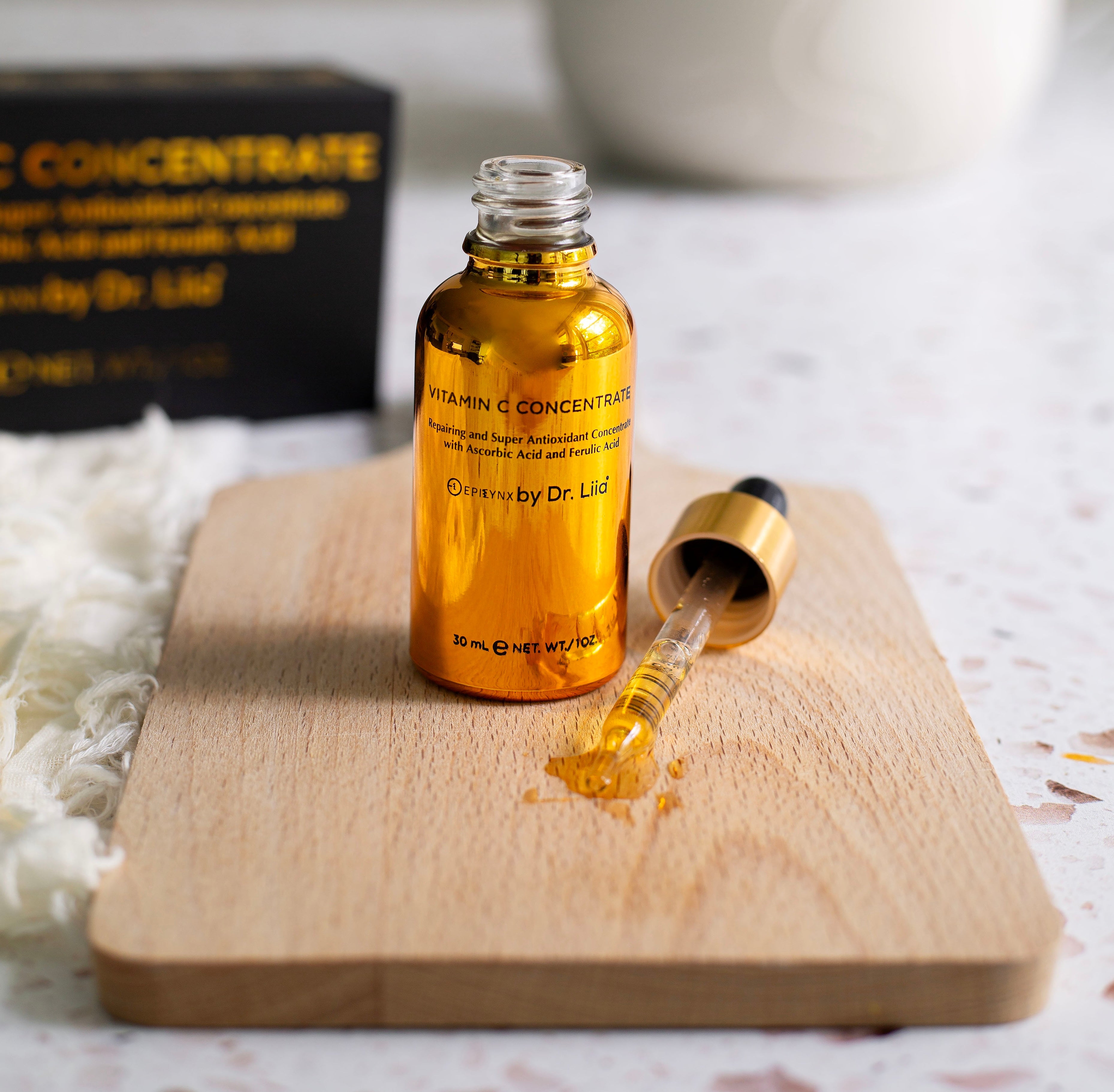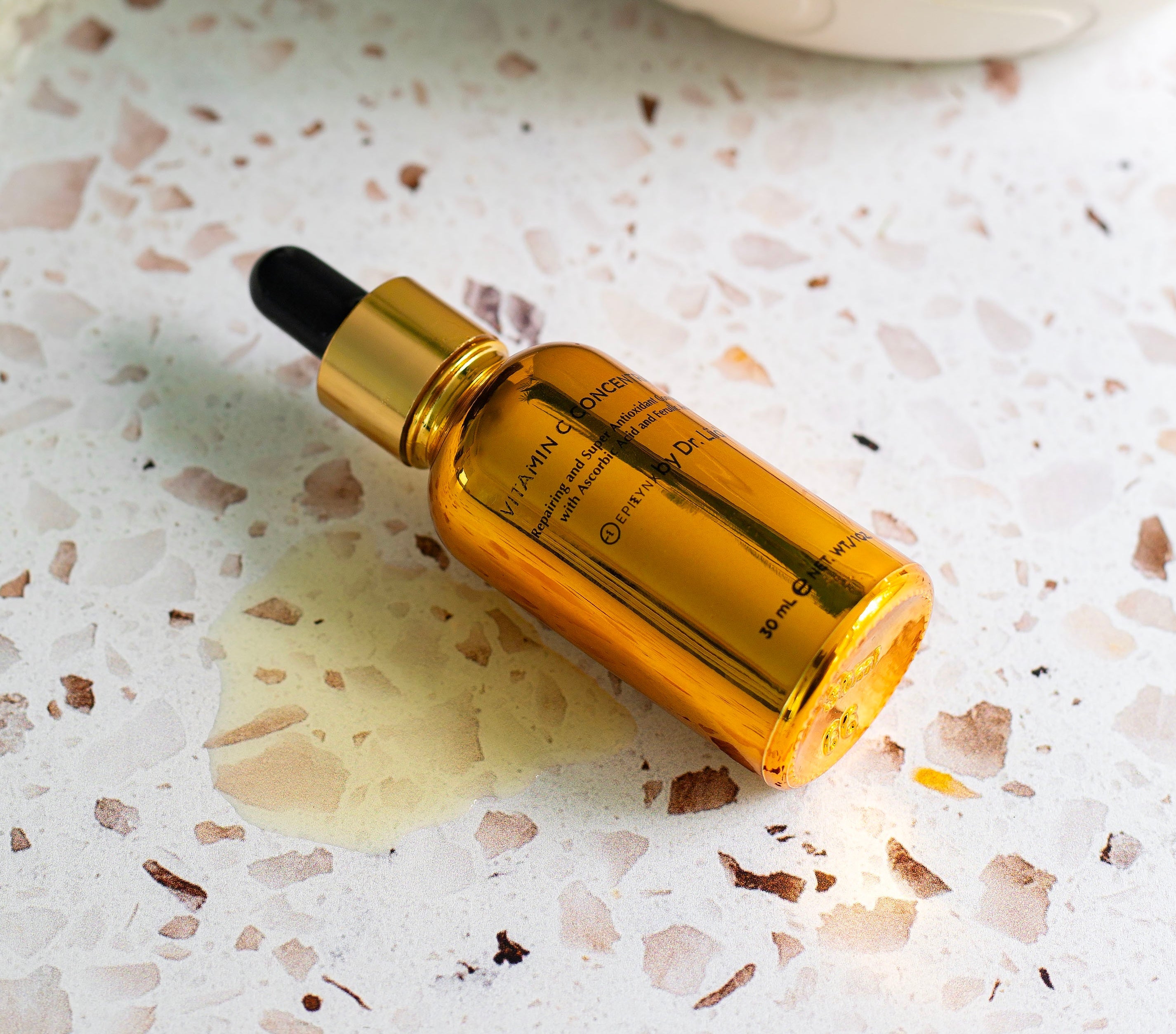
How Retinol Reduces Fine Lines Without Irritating Sensitive Skin
Retinol: The Gold Standard in Anti-Aging
Retinol isn’t just another trendy skincare ingredient — it’s one of the most researched and dermatologist-recommended actives for reducing fine lines, improving skin texture, and evening tone (AAD).
It works by speeding up cell turnover and boosting collagen production, helping to smooth wrinkles and restore firmness over time.
But here’s the challenge: retinol can also cause redness, peeling, and dryness, especially for sensitive skin types. That’s where a gentle approach — and the right supporting products — makes all the difference.
Why Sensitive Skin Reacts to Retinol
Retinol is a potent derivative of vitamin A. When applied to the skin, it essentially “trains” your cells to renew faster — but that rapid change can also lead to:
-
Irritation (burning, stinging, redness)
-
Flaking and peeling
-
Increased sun sensitivity
Sensitive skin often already has a weaker skin barrier, meaning it’s less able to handle strong actives. That’s why the method of application is just as important as the ingredient itself.
The EpiLynx Approach: Gentle, Hypoallergenic Retinol
Our EpiLynx Retinol Cream was specifically formulated for dry, sensitive, and allergy-prone skin. Here’s why it’s different:
-
Retinol — releases slowly into the skin for minimal irritation.
-
Paired with Soothing Actives — like hyaluronic acid and peptides to hydrate and strengthen the skin barrier.
-
Gluten-Free, Hypoallergenic, and Vegan — no unnecessary irritants like fragrance or harsh preservatives.
What is Retinol Sandwiching — and Why It Works for Sensitive Skin
Retinol sandwiching is a dermatologist-approved method for reducing irritation while still getting retinol’s benefits.
Here’s how it works:
-
First layer: Apply a thin coat of a hydrating serum or lightweight moisturizer.
-
Middle and final layer: Apply your retinol product.
This “sandwich” of hydration cushions the retinol and slows its penetration, reducing the likelihood of redness or peeling — while still allowing it to work.
Why EpiLynx is Perfect for Retinol Sandwiching
If you have sensitive skin, always apply the EpiLynx Sunrise Serum with Hyaluronic Acid before retinol at night.
-
Step 1: The Sunrise serum draws water into your skin, plumping and preparing it.
-
Step 2: The EpiLynx Retinol Cream works its magic on fine lines and texture.
This routine ensures your skin gets hydration + anti-aging benefits without compromising comfort.
How to Introduce Retinol into a Sensitive Skin Routine
1. Start Slowly
Begin with 1–2 nights per week and gradually increase as your skin adjusts.
2. Avoid Other Potent Actives Initially
Skip strong acids (glycolic, salicylic) on retinol nights to avoid over-exfoliation.
3. Apply at Night Only
Retinol makes skin more sensitive to sunlight — always follow with SPF during the day.
4. Use Hydration + Barrier Support
HA, ceramides, and peptides help your skin stay strong while adapting to retinol.
Benefits You Can Expect Over Time
With consistent use of gentle retinol, you’ll notice:
-
Softer, smoother skin texture
-
Reduced fine lines and crow’s feet
-
More even skin tone
-
Plumper, firmer-looking skin
Results typically appear after 8–12 weeks, but the hydration and softness from EpiLynx’s formulations can be felt immediately.
EpiLynx Retinol Night Routine for Sensitive Skin
Evening Routine:
-
Gentle cleanser
-
EpiLynx Sunrise Serum with Hyaluronic Acid (first “sandwich” layer)
-
EpiLynx Retinol Cream (final layer)
Morning After:
-
Cleanse
-
Moisturizer
-
Broad-spectrum SPF 30+ (AAD sunscreen guide)
Final Takeaway
Retinol can be transformative for your skin — even if it’s sensitive — when introduced gently and supported with the right products.
With EpiLynx’s hypoallergenic retinol serum, hydrating serums, and barrier creams, you can finally enjoy the anti-aging benefits of this gold-standard ingredient without the dreaded irritation.


